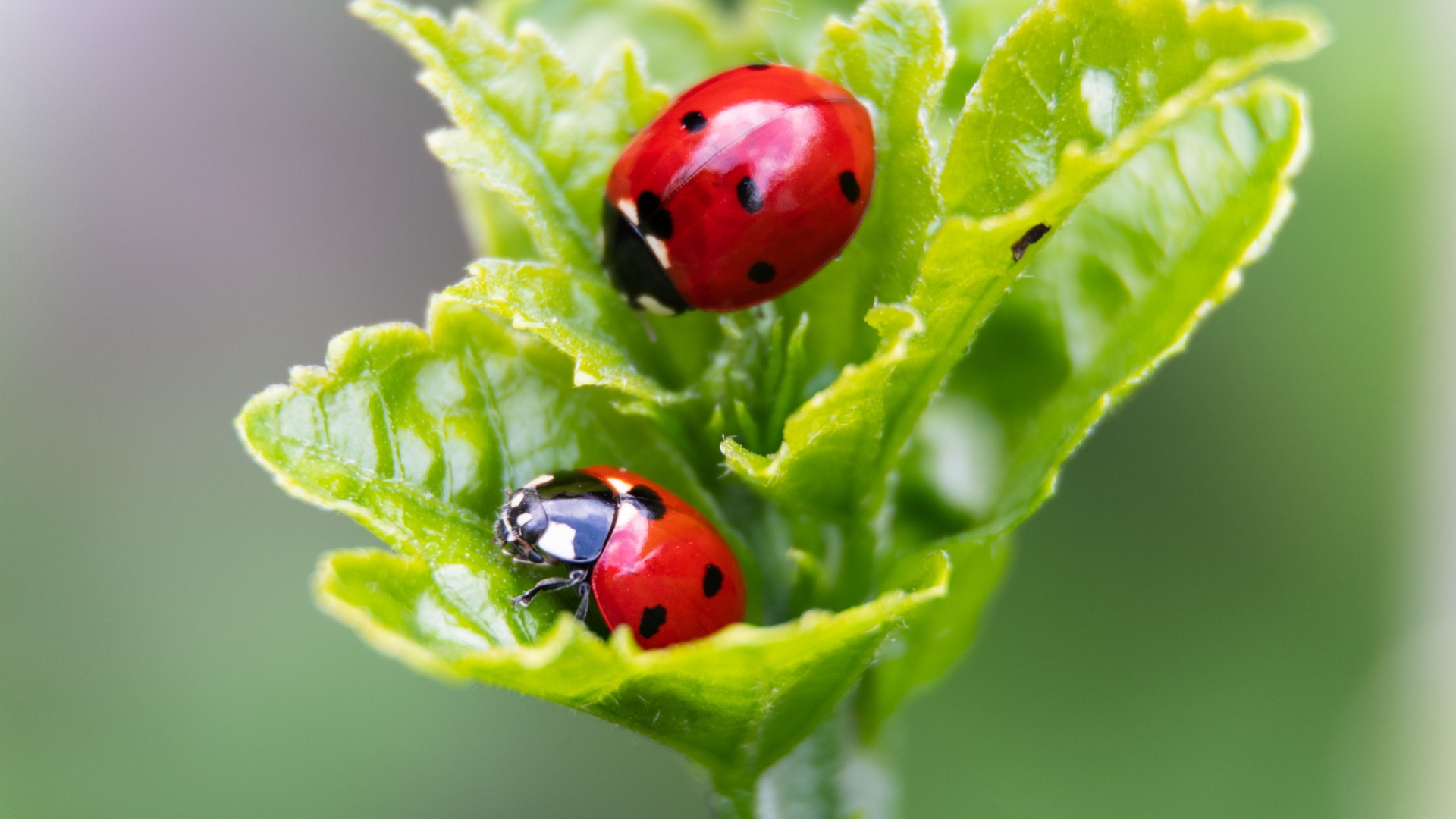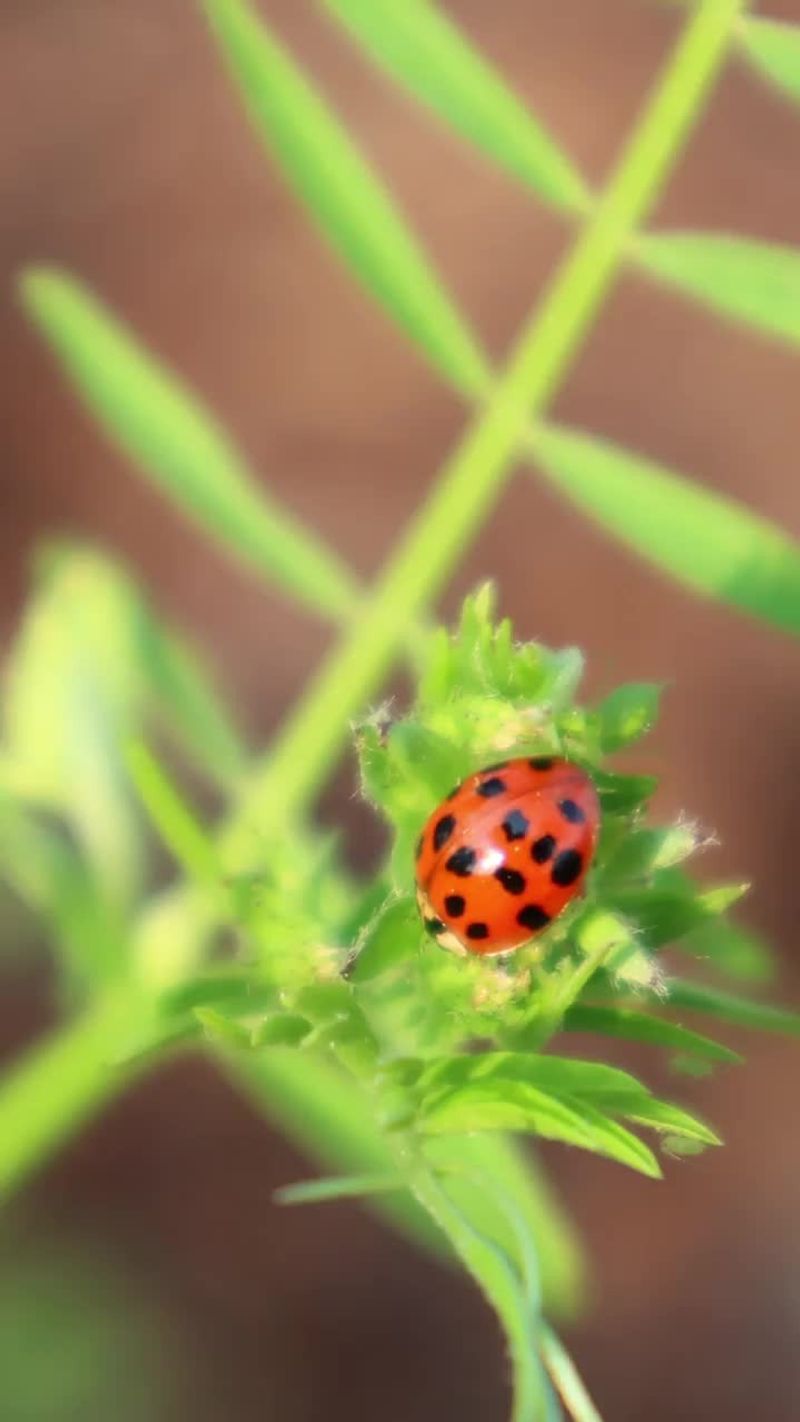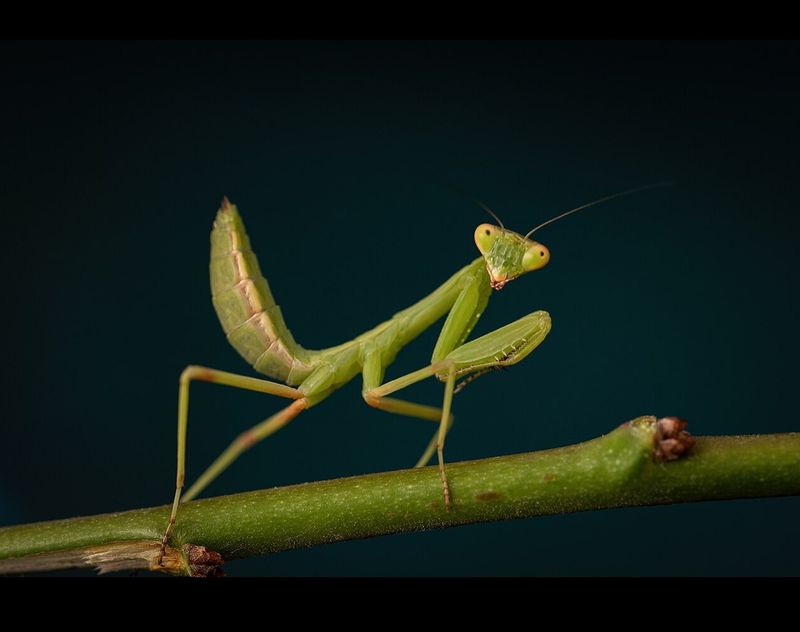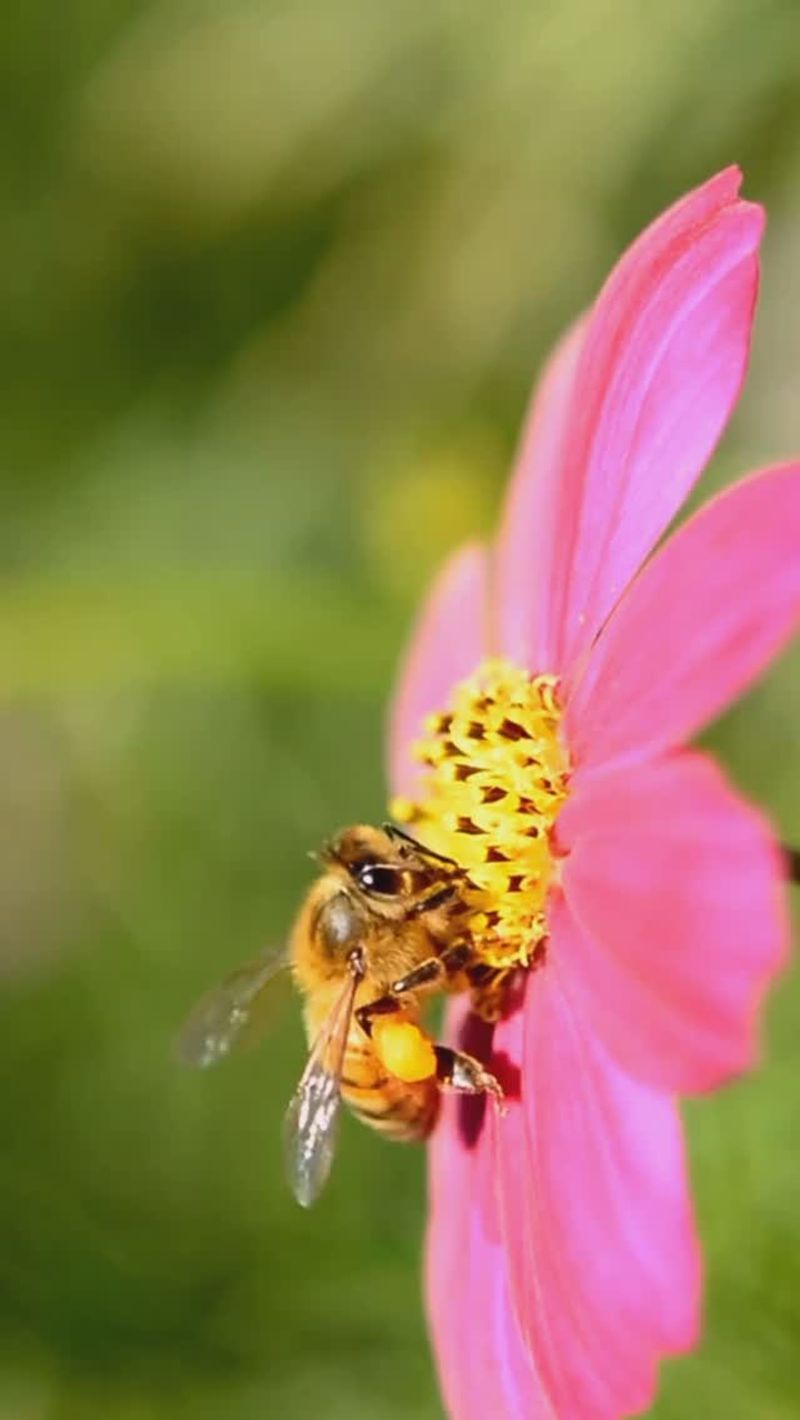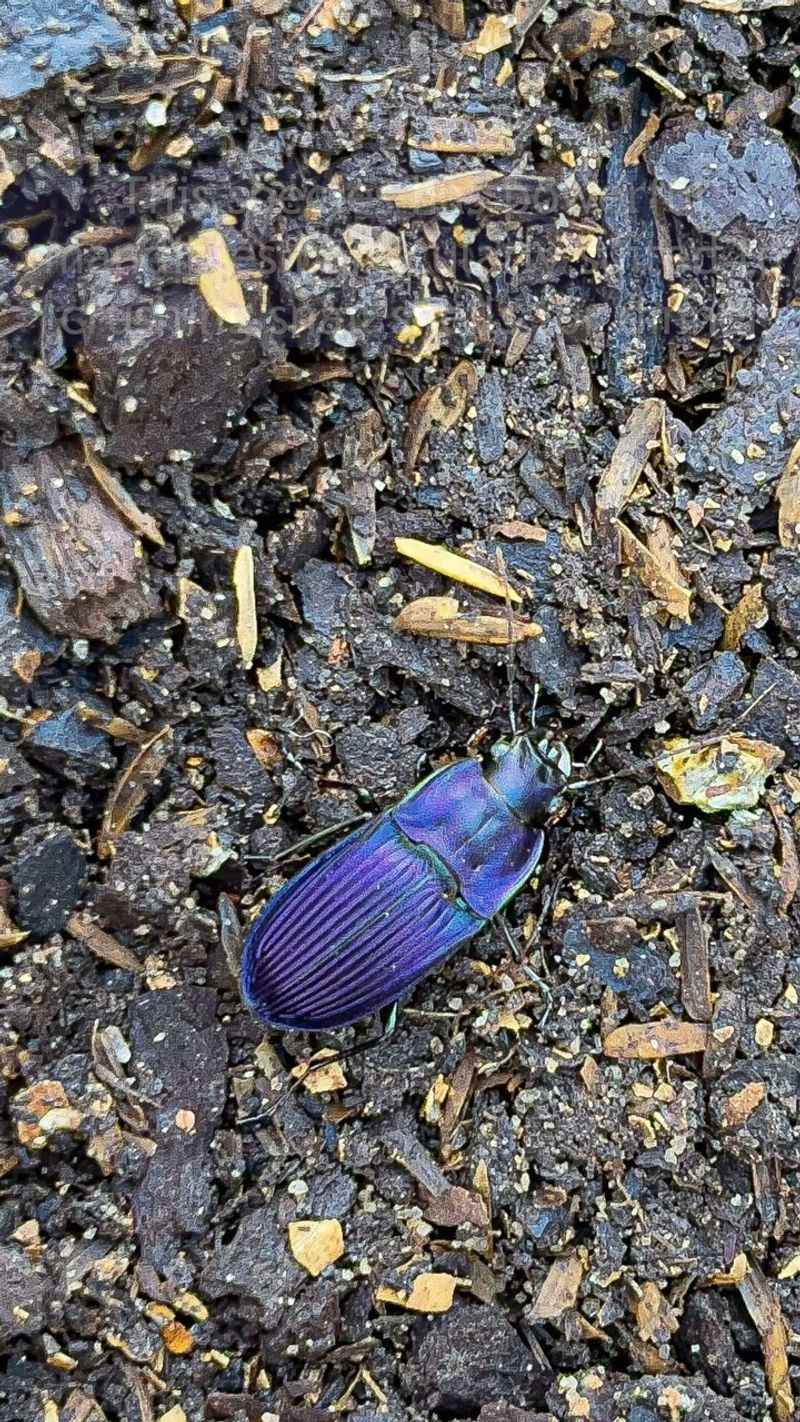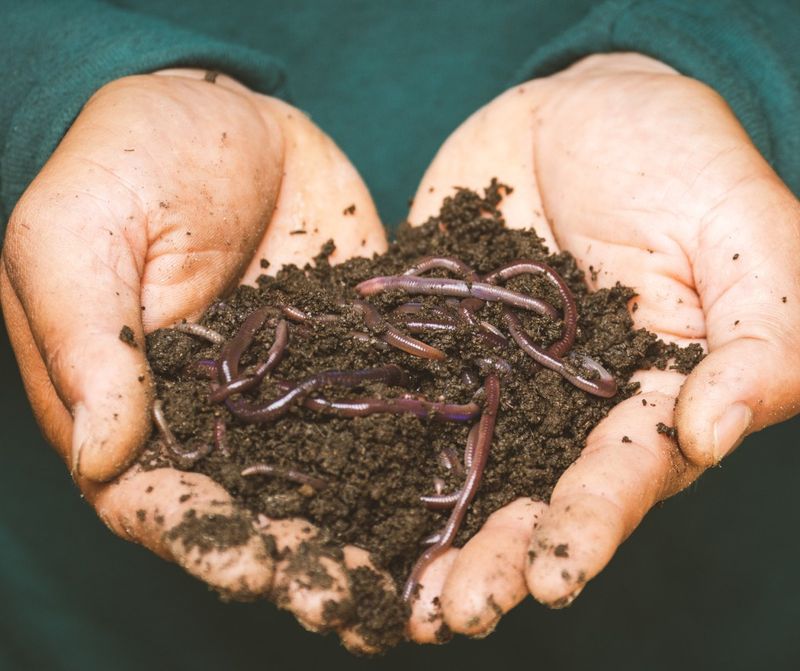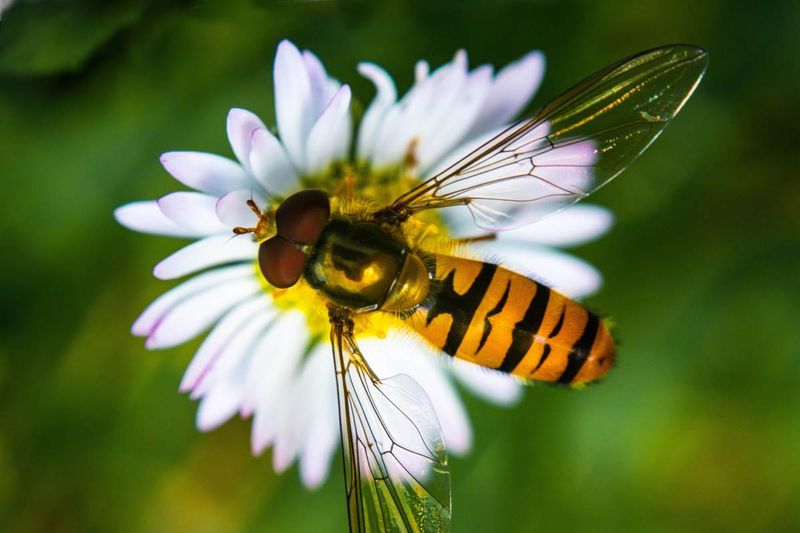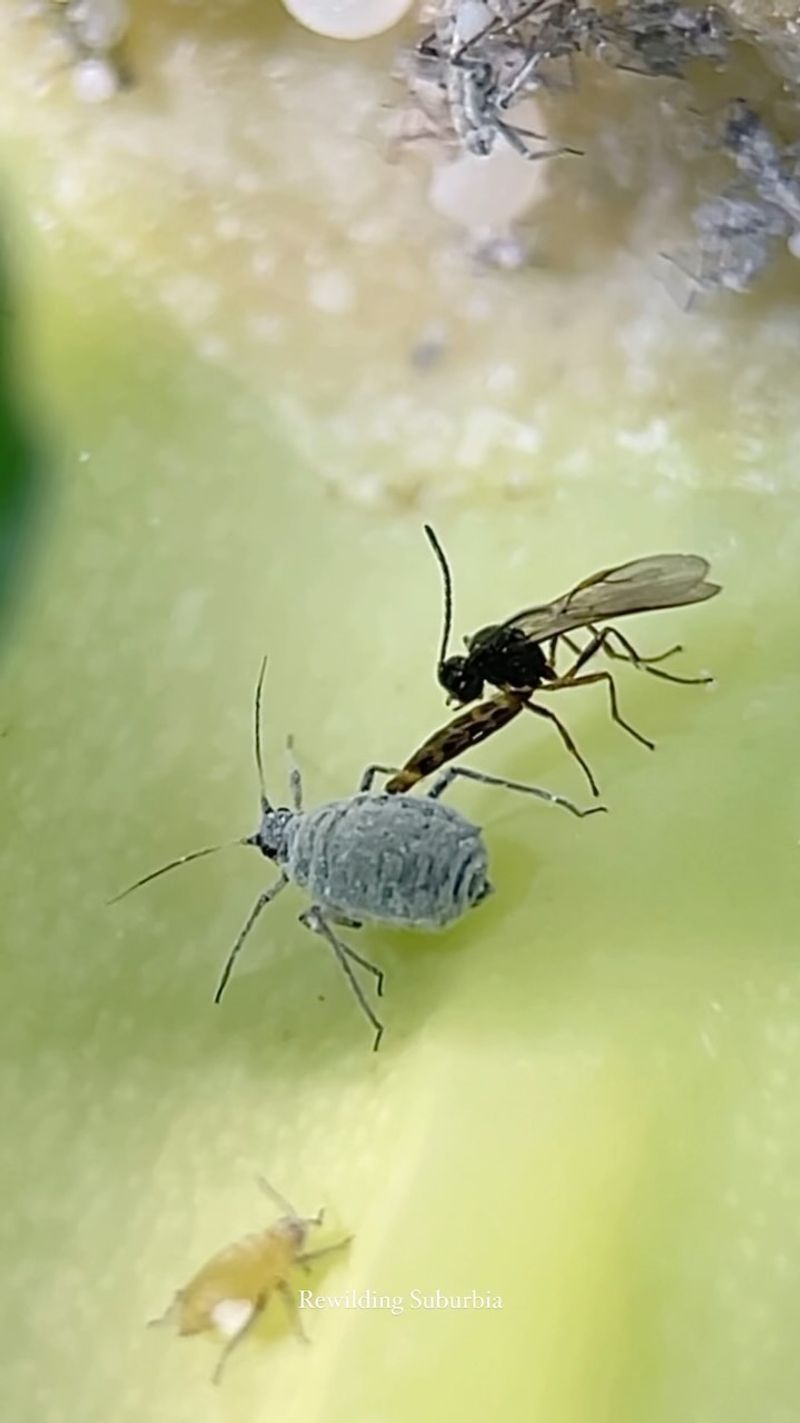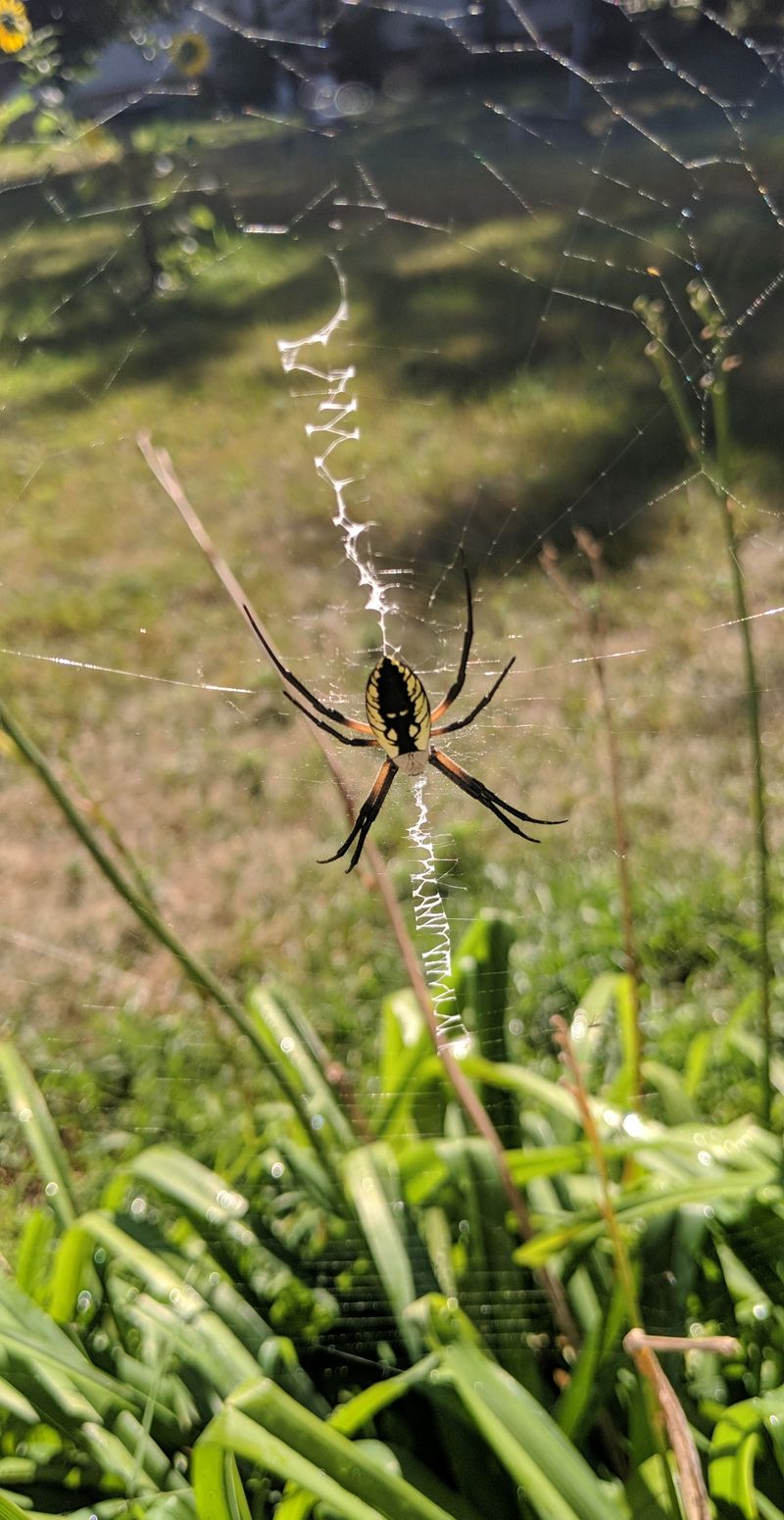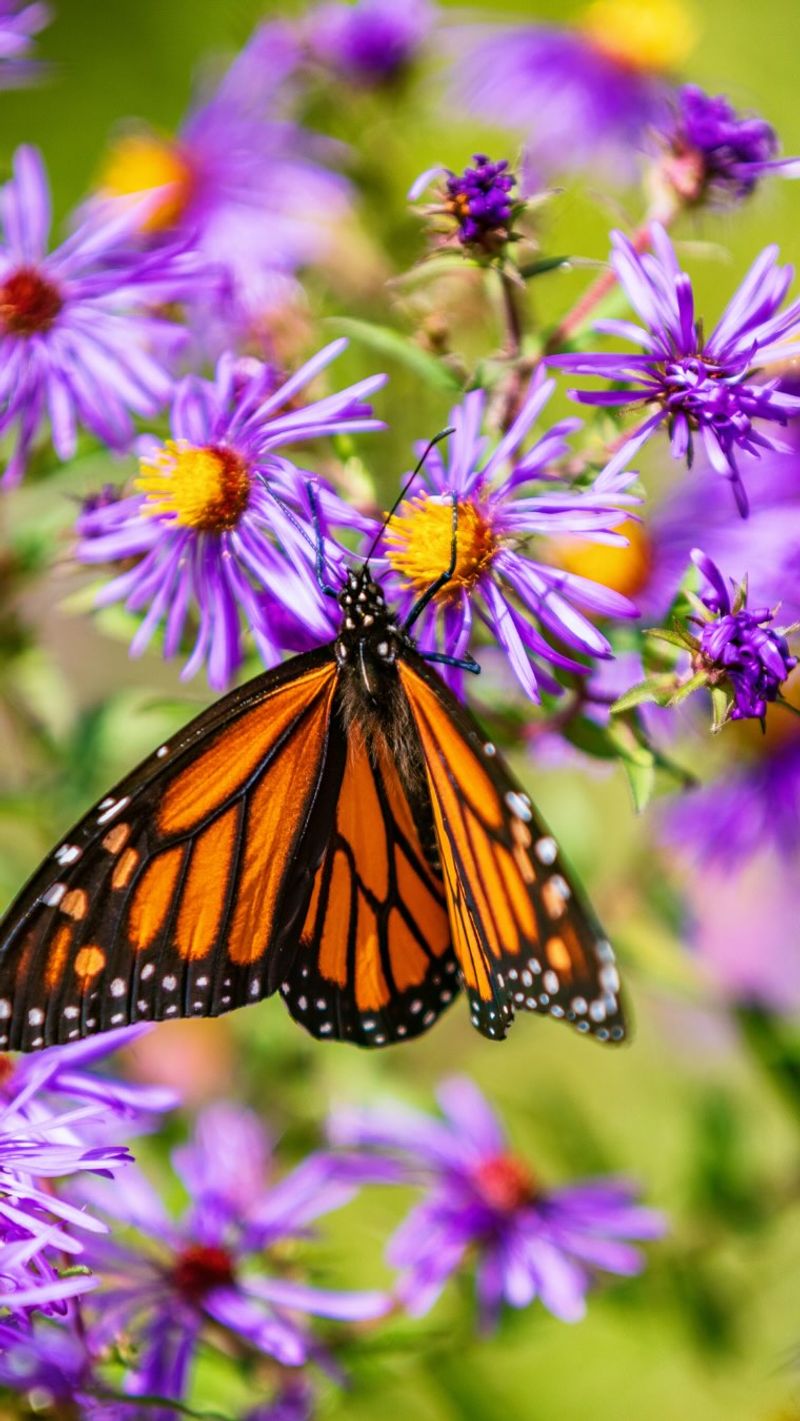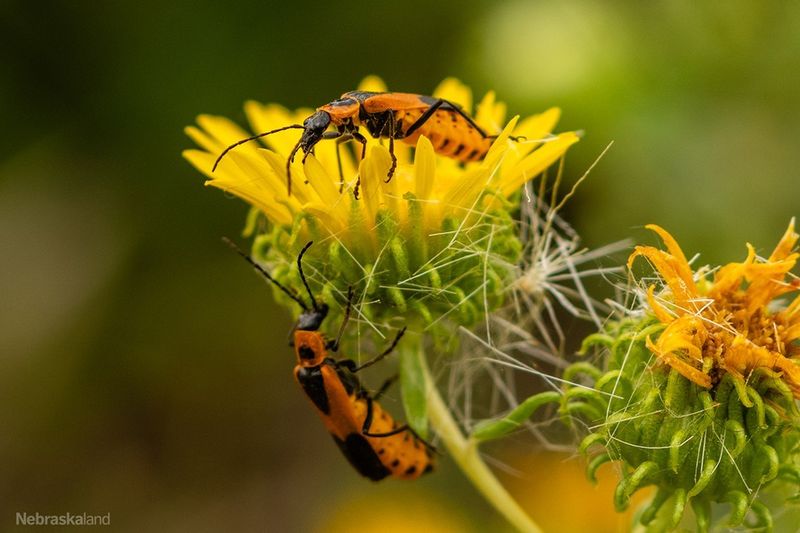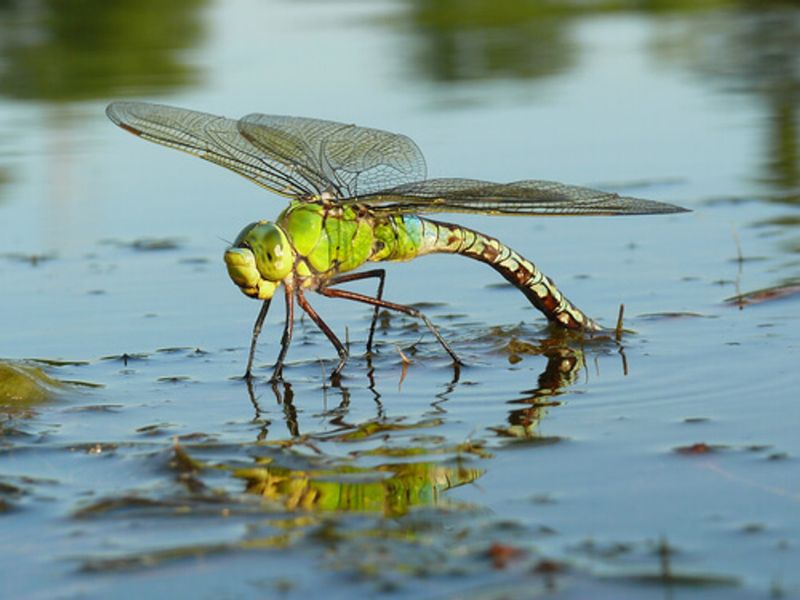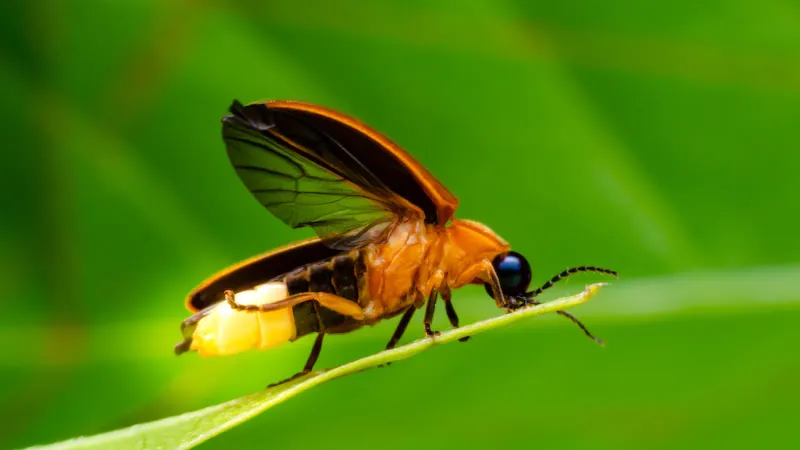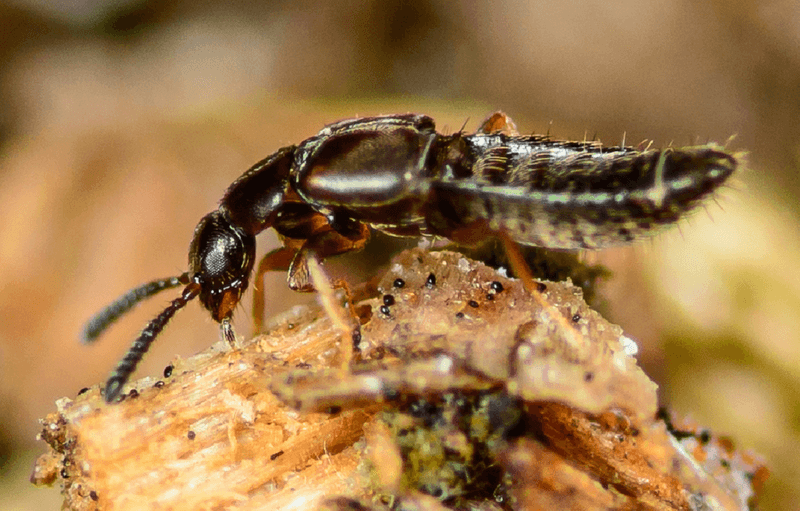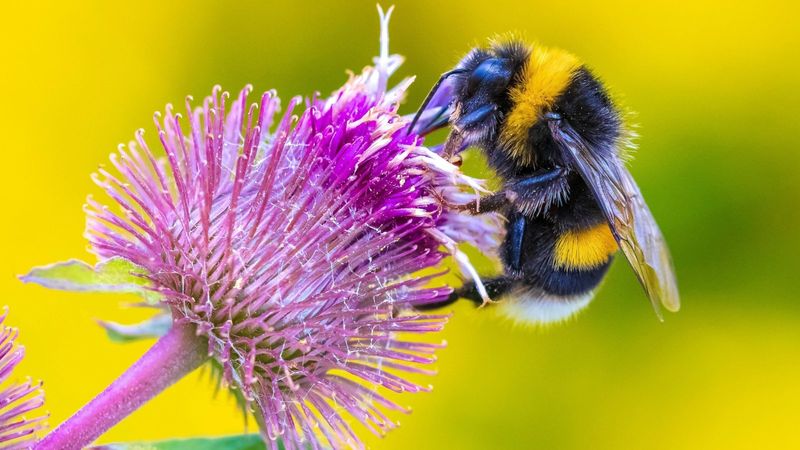Don’t judge a bug by its cover! While some critters might send shivers down your spine, many are actually worth their weight in gold when it comes to keeping your garden in tip-top shape.
From tiny warriors to unsung heroes, these helpful bugs are the secret sauce to a thriving yard. Let’s let the good bugs roll!
1. Ladybugs: The Aphid Destroyers
Those adorable spotted beetles are actually fierce predators! A single ladybug can gobble up more than 5,000 aphids in its lifetime. Their larvae are even hungrier, looking like tiny alligators as they patrol your plants.
Ladybugs also munch on mealybugs, mites, and other soft-bodied pests that damage your garden. To attract these helpful hunters, plant dill, fennel, or marigolds, and avoid using chemical sprays that might harm them.
2. Praying Mantis: Silent Garden Guardians
With their triangular heads and folded front legs, praying mantises look like they’re saying prayers. Don’t be fooled by this peaceful pose! These impressive hunters can catch flies, moths, and even hummingbirds with lightning-fast strikes.
Mantises blend perfectly with plants, ambushing any pest that wanders too close. They’re patient predators, sometimes waiting motionless for hours before attacking. Leaving tall plants and shrubs unpruned gives these helpful hunters places to hide and hunt.
3. Honeybees: Pollination Champions
Buzzing from flower to flower, honeybees perform a vital service – pollinating about one-third of the food we eat! Without these hardworking insects, many fruits and vegetables would never develop.
A single bee colony can pollinate 300 million flowers each day. The fuzzy hairs on their bodies collect pollen as they drink nectar, spreading it to other plants. Plant bee-friendly flowers like lavender, sunflowers, and clover to support these essential pollinators and boost your garden’s productivity.
4. Ground Beetles: Nighttime Pest Patrol
Shiny black ground beetles emerge at night to hunt slugs, snails, cutworms and other garden pests. Their strong jaws make quick work of soft-bodied creatures that would otherwise damage your plants.
Most species can’t fly but run surprisingly fast across the ground hunting for food. Both adults and larvae are predatory, making them double-trouble for garden pests. Create beetle-friendly spots by leaving some areas with rocks, logs, or leaf litter where these helpful hunters can hide during daylight hours.
5. Earthworms: Underground Soil Improvers
Earthworms might not be insects technically, but they’re garden superstars! As they tunnel through soil, these wiggly workers create channels that allow water and air to reach plant roots.
Their castings (worm poop) are like gold for your garden – five times richer in nitrogen than regular soil. A healthy population can process several tons of soil per acre each year! Adding compost to your garden and avoiding deep tilling helps protect these underground allies who improve soil structure naturally.
6. Hoverflies: Aphid-Eating Bee Mimics
Often mistaken for bees or wasps, hoverflies are harmless pollinators with amazing larvae. These maggots might look gross, but they’re voracious predators that can each devour hundreds of aphids before becoming adults.
Adult hoverflies feed on nectar and pollen, helping pollinate your garden while laying eggs near aphid colonies. Their distinctive flying pattern – hovering in place like tiny helicopters – makes them easy to spot. Plant flat-topped flowers like dill, fennel, and yarrow to attract these beneficial insects to your yard.
7. Parasitic Wasps: Tiny Pest Controllers
Don’t worry – these wasps aren’t interested in stinging you! Most parasitic wasps are smaller than a grain of rice and target specific garden pests. They lay eggs inside or on caterpillars, aphids, and other troublemakers.
When the eggs hatch, the larvae eat the host from the inside out – nature’s perfect pest control! Some species even specialize in attacking the eggs of destructive moths and beetles. Planting small-flowered plants like sweet alyssum and herbs provides nectar for adult wasps while they hunt for hosts.
8. Spiders: Web-Spinning Pest Catchers
Garden spiders might seem scary, but they’re actually working hard to protect your plants! These eight-legged predators catch flies, mosquitoes, and many destructive garden pests in their intricate webs or by hunting directly on plants.
A single spider can consume hundreds of insects each year. Most garden species are completely harmless to humans but deadly to pests. Those beautiful orb webs catching morning dew aren’t just pretty – they’re natural pest management at work! Leave spider webs undisturbed to maintain this free pest control service.
9. Lacewings: Delicate Aphid Destroyers
Green lacewings look fragile with their transparent wings and bright green bodies, but their larvae are nicknamed “aphid lions” for good reason! Each lacewing larva can devour up to 200 aphids per week, plus mites, thrips, and small caterpillars.
Adult lacewings feed mainly on nectar, pollen, and honeydew. Females lay their eggs on thin stalks to protect them from predators and cannibalistic siblings. Attract these beneficial insects by planting carrot family herbs like dill and fennel, and avoid broad-spectrum insecticides that kill them along with pests.
10. Butterflies: Beautiful Plant Pollinators
Fluttering through gardens on colorful wings, butterflies add beauty while performing important pollination work. As they unfurl their long, straw-like proboscis to sip nectar, pollen sticks to their bodies and transfers between flowers.
Many butterfly species are specialized pollinators for specific native plants. Their caterpillars may munch some leaves, but this minor damage is worth the pollination benefits adults provide. Plant native flowers in sunny spots and avoid pesticides to create a butterfly-friendly yard that supports these important pollinators throughout their life cycle.
11. Soldier Beetles: Flower-Dwelling Predators
Often found lounging on flowers, soldier beetles have soft, elongated bodies in shades of red, orange, or yellow. Don’t let their relaxed appearance fool you – they’re actively hunting aphids, caterpillars, and other plant-munching pests.
Both adults and larvae are predatory, doubling their pest control value. Adults also help pollinate flowers while hunting for prey. The larvae live in soil, hunting for underground pests and insect eggs. Plant goldenrod, asters, and other late-summer bloomers to attract these beneficial beetles to your garden.
12. Dragonflies: Mosquito-Munching Aerial Acrobats
Zooming through gardens with incredible speed and agility, dragonflies are natural mosquito controllers. A single dragonfly can eat hundreds of mosquitoes daily, catching them mid-air with basket-like legs.
Their aquatic nymphs are equally helpful, gobbling up mosquito larvae in water. With nearly 360-degree vision and the ability to fly backward, dragonflies are amazing aerial hunters. Adding a small pond or water feature to your yard creates breeding habitat for these beneficial insects, helping control mosquito populations naturally.
13. Fireflies: Glowing Garden Helpers
Those magical blinking lights on summer evenings come from beetles that help your garden! Many firefly larvae are predators that hunt slugs, snails, and other soft-bodied pests in soil and leaf litter.
Adult fireflies mostly feed on nectar or nothing at all during their short lives focused on finding mates. Their distinctive light patterns are actually complex courtship signals. Creating areas with tall grasses, avoiding pesticides, and reducing outdoor lighting helps support firefly populations, bringing both pest control benefits and enchanting light shows.
14. Rove Beetles: Tiny Decomposers and Hunters
Rove beetles might look strange with their short wing covers exposing much of their abdomen, but they’re garden allies! These fast-moving beetles hunt small pests and help break down decaying matter in your soil.
Many species curl their abdomen upward like scorpions when disturbed, though they can’t sting. Some specialized rove beetles even prey on fungus gnat larvae in soil. Maintaining areas with leaf litter, mulch, or compost provides habitat for these beneficial decomposers and predators that improve soil health while reducing pest populations.
15. Bumblebees: Power-Pollinating Fuzzies
Rounder and fuzzier than honeybees, bumblebees are pollination powerhouses! Their larger bodies and longer tongues allow them to pollinate flowers that honeybees can’t reach, including tomatoes, peppers, and blueberries.
Bumblebees can fly in cooler temperatures and even light rain when other pollinators stay home. Their special trick called “buzz pollination” – vibrating flowers to shake loose pollen – makes them super-effective garden helpers. Creating nesting sites with undisturbed areas of grass, old rodent burrows, or bumblebee houses helps support these gentle, hardworking pollinators.

